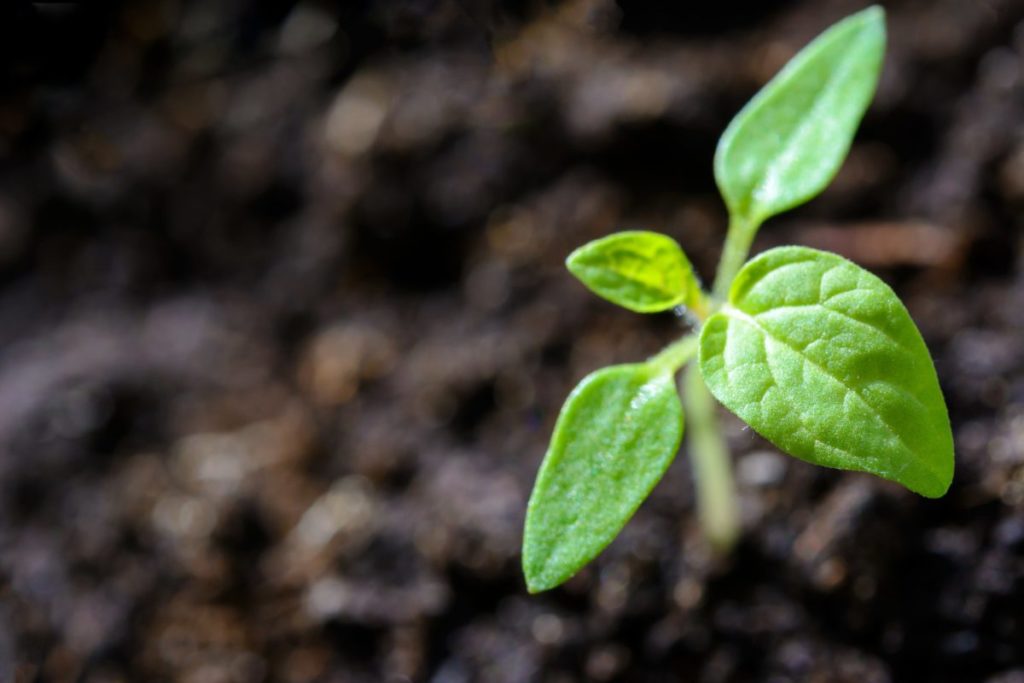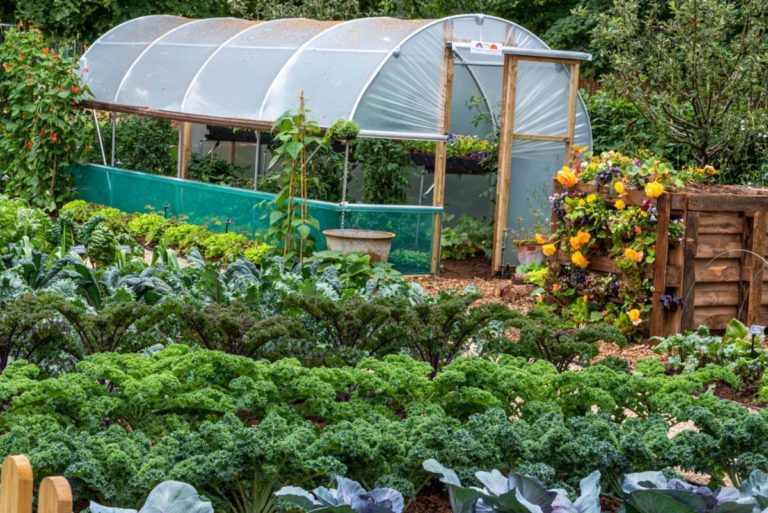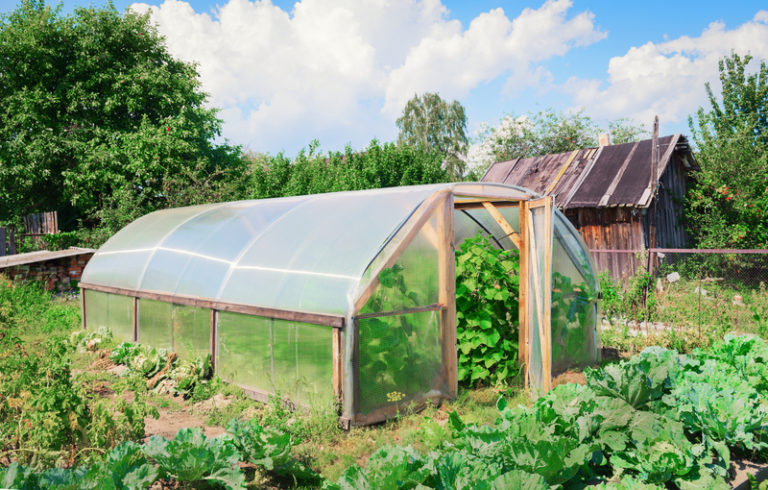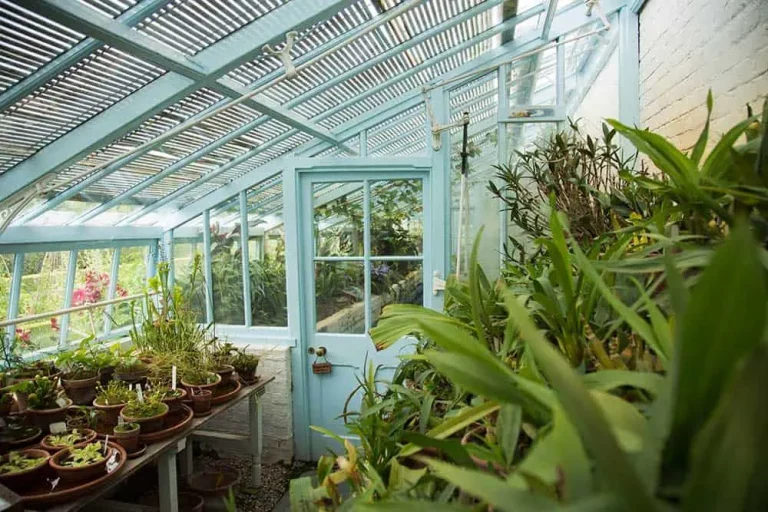Biointensive gardening is a revolutionary approach to sustainable gardening that maximizes space efficiency while producing high yields.
This method is particularly ideal for small-scale gardens, balconies, and backyards.
By leveraging the power of intensive planting, optimal soil preparation, and careful crop selection, biointensive gardening empowers individuals to grow a substantial amount of nutritious produce in even the smallest of spaces.
Whether you’re an urban dweller with limited outdoor space or simply looking for ways to enhance your home garden, biointensive gardening offers a productive and sustainable solution that will leave your yield healthy and thriving.
So, let’s dive in and explore the ins and outs of this incredible method!
Focus on dense planting
Biointensive gardening emphasizes planting a large number of plants in a small space, allowing for maximum productivity and efficiency.
By doing so, gardeners can maximize productivity and efficiency, while also creating a thriving and biodiverse ecosystem.
To achieve dense planting, gardeners should select a mix of tall, medium, and low-growing plants, as well as a variety of plants with different growing seasons.
This ensures that the garden is productive year-round, with a constant supply of fresh produce.
Dense planting helps to shade the soil, reducing water loss and keeping the soil cooler, which can improve soil health and reduce the need for irrigation.
To further optimize density, gardeners can use trellises, cages, and other support systems to train plants to grow upwards, making the most of limited space.
By focusing on dense planting, gardeners can grow an incredible amount of food in a small area, while also creating a beautiful and ecologically rich garden.
Use a mix of crops
By planting a variety of crops, you can ensure a constant harvest and maximize the use of space and resources.
Planting a mix of crops is a important element of sustainable agriculture.
By diversifying your crop selection, you can create a resilient and thriving garden that yields a consistent harvest throughout the growing season.
This approach not only ensures a reliable supply of fresh produce, but it also maximizes the use of space and resources.
By incorporating complementary crops, such as leafy greens and root vegetables, you can fill gaps in the growing cycle and make the most of your available land and resources.
For instance, planting nitrogen-fixing legumes like beans and peas alongside vegetables like tomatoes and corn can improve soil fertility, reduce the need for synthetic fertilizers, and create a more balanced ecosystem.
Intercropping, or planting multiple crops together, can increase yields, improve pest management, and promote soil health.
By embracing a diverse mix of crops, you can create a self-sustaining garden that is more productive, resilient, and better equipped to adapt to changing environmental conditions.
Practice efficient water use
Biointensive gardening techniques such as mulching, composting, and using raised beds help to retain moisture and reduce the need for irrigation.
By implementing biointensive gardening techniques such as mulching, composting, and using raised beds, gardeners can effectively retain moisture in the soil, reducing the need for excessive irrigation.
Mulching, for example, helps to lock in moisture by blocking sunlight and preventing soil erosion, while composting enriches the soil with nutrients and organic matter, improving its water-retention capabilities.
Raised beds, on the other hand, provide better drainage and aeration, allowing for a healthier and more efficient root system.
When combined, these techniques can significantly reduce the amount of water needed to maintain a healthy and productive garden, making them a vital component of any water-conscious gardening strategy.
By adopting these techniques, gardeners can not only save water but also improve the overall health and yield of their crops.
Build healthy soil
By using natural soil amendments like compost and manure, you can create a healthy soil ecosystem that supports the growth of a wide variety of crops.
Building healthy soil is the key to unlocking the full potential of your garden or farm.
By using natural soil amendments like compost and manure, you can create a thriving soil ecosystem that supports the growth of a wide variety of crops.
Compost and manure are rich in organic matter, which helps to improve soil structure, increase water retention, and supply essential nutrients to your plants.
When you build healthy soil, you are creating a self-sustaining ecosystem that will produce abundant harvests for years to come.
Healthy soil is better able to sequester carbon, reducing your carbon footprint and contributing to a more sustainable future.
By incorporating natural soil amendments into your gardening or farming practices, you are taking a critical step towards creating a healthier, more resilient food system.
Use vertical space
Biointensive gardening often involves using trellises, arbors, and other supports to make the most of vertical space, allowing for more plants to be grown in a smaller area.
One of the key principles of biointensive gardening is making the most of vertical space.
This is achieved by using trellises, arbors, and other supports to train plants to grow upwards, rather than outwards.
By making the most of vertical space, gardeners can fit more plants into a smaller area, maximizing the potential yield from the garden.
For example, vertically-growing plants like peas, beans, and tomatoes can be trained to climb up trellises or string supports, while smaller plants like lettuce and herbs can be grown in hanging baskets or pots.
By utilizing vertical space in this way, gardeners can increase the diversity of crops they can grow in a given area, while also minimizing the amount of land required for each crop.
By growing plants vertically, gardeners can improve air circulation and reduce the risk of disease, as there is more space between plants for air to circulate and for sunlight to reach the plants.
Implement integrated pest management
By using techniques like companion planting and natural pest control, you can minimize the need for chemical pesticides and maintain a balanced ecosystem.
Integrated pest management (IPM) is a holistic approach to maintaining a healthy and balanced garden ecosystem, without relying on chemical pesticides.
By incorporating techniques like companion planting and natural pest control, gardeners can minimize the need for harsh chemicals and create a thriving environment for plants and beneficial insects alike.
For example, interspersing plants with contrasting growth habits and flower colors can confuse and repel pests, while using natural predators like ladybugs and lacewings can effectively control aphid and whitefly populations.
Incorporating beneficial herbs like basil and marigold into the garden can improve soil health and repel pests.
By adopting IPM strategies, gardeners can reduce their reliance on chemical pesticides and maintain a vibrant and sustainable garden ecosystem.
Utilize season extension techniques
By using techniques like cold frames, hoop houses, and row covers, you can extend the growing season and grow crops year-round.
Utilizing season extension techniques is a powerful way to extend your growing season and grow crops year-round.
By using cold frames, hoop houses, and row covers, you can create a protective environment for your plants that allows them to thrive even in extreme weather conditions.
For example, cold frames are like mini-greenhouses, and they can be used to grow lettuce, spinach, and other cool-season crops even in the dead of winter.
Hoop houses, on the other hand, are like giant tunnels made of plastic or metal, and they can be used to grow a wide variety of crops, including tomatoes, peppers, and cucumbers.
And row covers are lightweight blankets that can be placed on top of plants to protect them from frost, wind, and other extreme weather conditions.
By using these season extension techniques, you can grow crops that might not otherwise be possible in your region.
This means that you can enjoy fresh, locally grown produce even when the weather is not ideal.
And by extending your growing season, you can also increase your crop yields and your overall profits.
Season extension techniques can help you to grow a wider variety of crops, which can make your farm more resilient and profitable.
Overall, investing in season extension techniques is a smart way to improve your farm’s productivity and profitability, and it can also help you to grow a more diverse range of crops, which can be a key factor in your long-term success.
Design for beauty and functionality
A beautiful and well-designed biointensive garden can not only produce a bounty of fresh, nutritious food, but also serve as a peaceful oasis in the heart of the city.
Design for beauty and functionality: A beautiful and well-designed biointensive garden can not only produce a bounty of fresh, nutritious food, but also serve as a peaceful oasis in the heart of the city.
Consider incorporating elements like meandering pathways, lush foliage, and vibrant floral displays to create an inviting and calming atmosphere.
Moreover, the strategic placement of plants, rocks, and water features can foster a sense of harmony with nature, making the garden an oasis amidst the hustle and bustle of urban life.
By combining beauty and functionality, a biointensive garden can provide a respite for city-dwellers, while also contributing to their well-being and food security.
Want More? Dive Deeper Here!
Hey there! If you’re the type who loves going down the rabbit hole of information (like we do), you’re in the right spot. We’ve pulled together some cool reads and resources that dive a bit deeper into the stuff we chat about on our site. Whether you’re just killing time or super into the topic, these picks might just be what you’re looking for. Happy reading!






